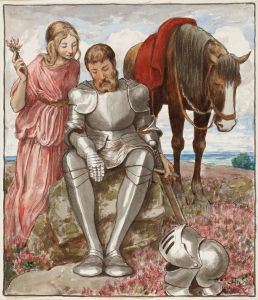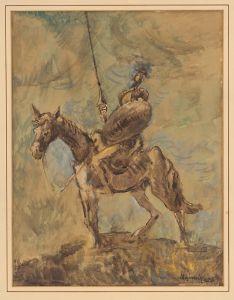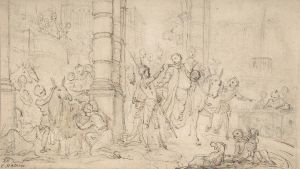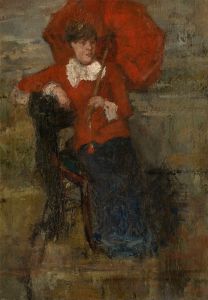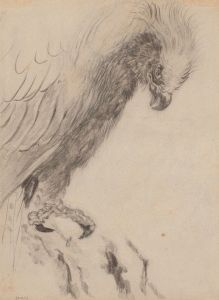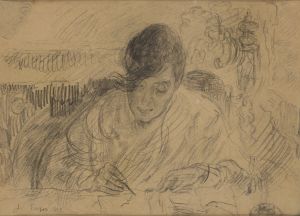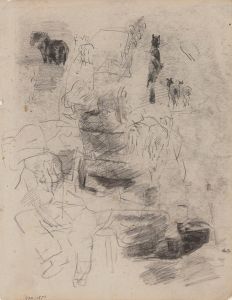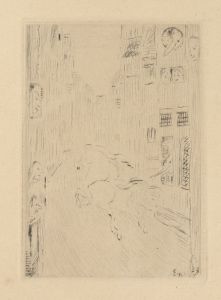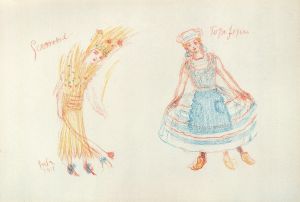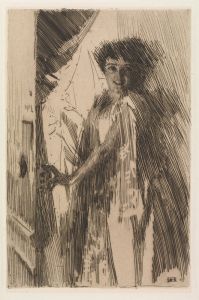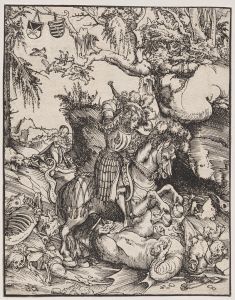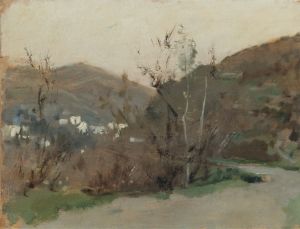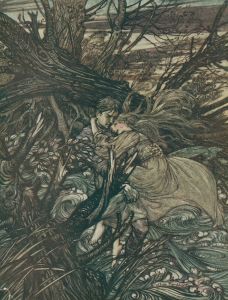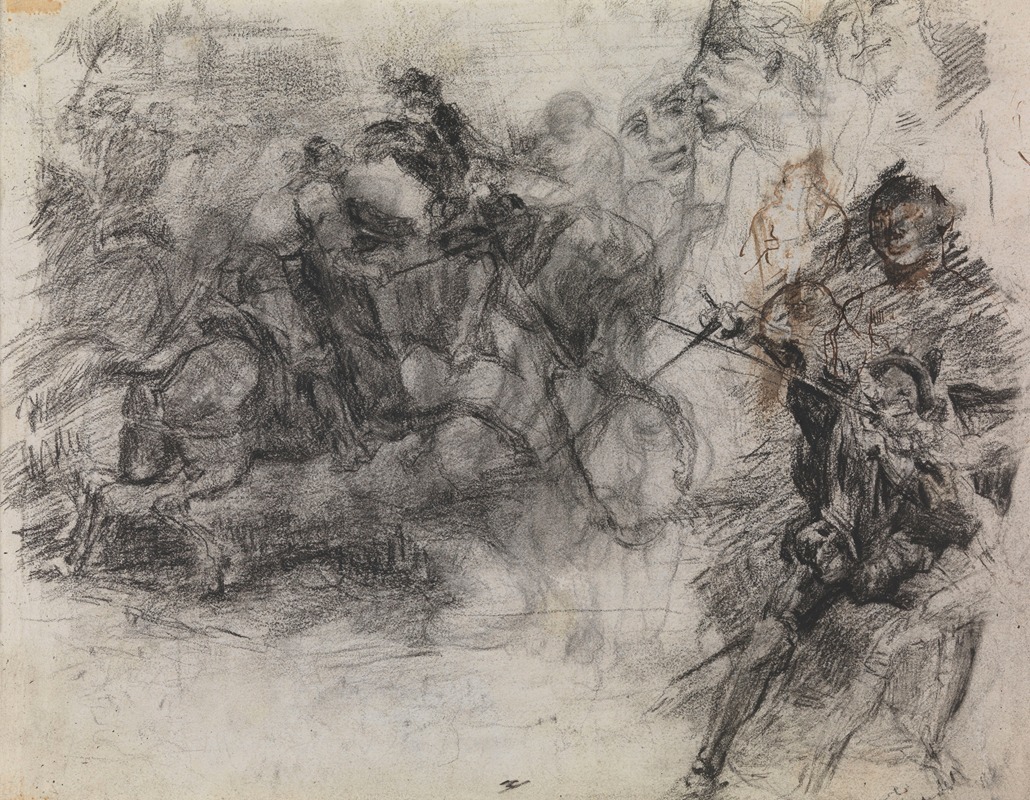
Don Quixote
A hand-painted replica of James Ensor’s masterpiece Don Quixote, meticulously crafted by professional artists to capture the true essence of the original. Each piece is created with museum-quality canvas and rare mineral pigments, carefully painted by experienced artists with delicate brushstrokes and rich, layered colors to perfectly recreate the texture of the original artwork. Unlike machine-printed reproductions, this hand-painted version brings the painting to life, infused with the artist’s emotions and skill in every stroke. Whether for personal collection or home decoration, it instantly elevates the artistic atmosphere of any space.
James Ensor, a prominent Belgian painter and printmaker, is known for his unique and often surreal style that combines elements of satire, symbolism, and expressionism. One of his notable works is "Don Quixote," which reflects his fascination with the legendary literary character created by Miguel de Cervantes. Ensor's interpretation of Don Quixote is a testament to his ability to blend fantastical elements with critical social commentary.
James Ensor was born in 1860 in Ostend, Belgium, and spent most of his life there. He was a key figure in the Belgian avant-garde movement and was associated with the group Les XX (Les Vingt), which was a collective of artists who sought to challenge the traditional art norms of the time. Ensor's work often features grotesque imagery, masks, and skeletons, which he used to critique societal norms and human folly.
The painting "Don Quixote" by James Ensor captures the essence of Cervantes' character, who is known for his idealism and his quest to revive chivalry in a world that has moved on. Ensor's depiction of Don Quixote is not just a literal interpretation but also an exploration of the themes of illusion versus reality, a common thread in Ensor's work. The character of Don Quixote, with his misguided adventures and noble intentions, resonated with Ensor's own views on the absurdity of human endeavors and the thin line between sanity and madness.
Ensor's "Don Quixote" is characterized by its vibrant colors and dynamic composition, which are hallmarks of his style. The painting likely features Ensor's typical use of exaggerated forms and expressive brushwork, which convey both the humor and the tragedy of Don Quixote's character. Ensor's ability to infuse his work with both whimsy and depth allows viewers to engage with the painting on multiple levels, appreciating both its aesthetic qualities and its underlying commentary.
While specific details about the painting "Don Quixote" by James Ensor, such as its dimensions, medium, and current location, are not widely documented, it remains an important part of Ensor's oeuvre. The painting reflects Ensor's continued interest in literary and historical figures, as well as his skill in using art to explore complex themes.
James Ensor's legacy as an artist is marked by his innovative approach and his willingness to push the boundaries of traditional art. His interpretation of Don Quixote is a reflection of his broader artistic vision, which sought to challenge perceptions and provoke thought. Through works like "Don Quixote," Ensor has left a lasting impact on the art world, influencing future generations of artists who continue to draw inspiration from his unique style and thematic explorations.





